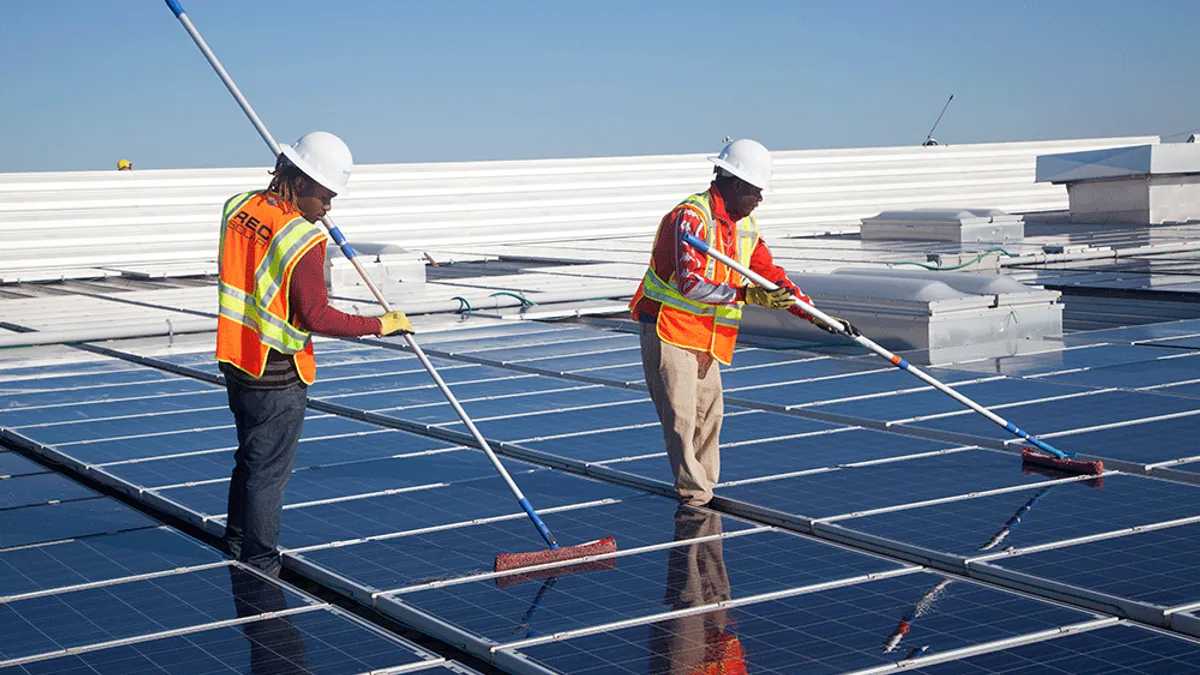Dive Brief:
- A new report proposed by Arizona’s Residential Utility Consumer Office (RUCO) proposes tweaks to state renewable portfolio standard (RPS) that could help maximize the value of new capacity by adding a timing component.
- The report, prepared by Strategen Consulting's Lon Huber for RUCO, outlines a new Clean Peak Standard (CPS) that would ensure a certain percent of peak load is served by renewables.
- Greentech Media reports such a standard could have big impacts on new technologies like solar+storage installations, which could then help meet a new CPS mandate.
Dive Insight:
The utility industry is upgrading. First California tackled a new kind of net energy metering with its NEM 2.0 proceeding, and now in Arizona advocates want to try a similar approach to RPS strategies.
"A New Approach: RPS 2.0," is how RUCO's paper describes it: "building upon the traditional RPS framework by adding one or more new building block components that would work in parallel as a supplement to the foundational MWh-based retail sales component."
According to Strategen's research, renewable standards have accounted for more than 60% of the growth in clean energy resources since 2000, but a simple MWh-based standard may no longer be the most effective because those traditional policies fail to show a difference between each renewable MWh "based on its value to the grid or for reducing fuel consumption."
The changes could go to address the so-called "duck curve," where cheap renewable energy production ramps up during times of low demand. Strategen warned that as states grow their overall clean energy resource base, "new approaches will likely be needed to guard against diminishing returns of a simple MWh based approach."
And as Greentech points out, such a standard could be a boon to storage installations. Under current standards, adding storage to a solar project is a costly endeavor that does not provide additional credit towards a typical RPS goal.
The California ISO is considering changes to flexible capacity requirements it says are not sending proper pricing signals, a different approach to the same problem. Because California is pushing for 50% renewable energy by 2030, the grid operator is predicting oversupply conditions may become common during peak solar times.















